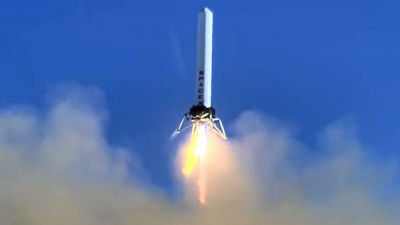Honda successfully conducted a takeoff and landing experiment of a reusable rocket, landing safely while maintaining a vertical attitude from an altitude of 271m, taking a step toward an economical rocket business.

Honda R&D Co., Ltd. (Honda), a subsidiary of Honda Motor Co., Ltd., conducted a takeoff and landing experiment of a reusable rocket on Tuesday, June 17, 2025. After reaching an altitude of 271.4m, the rocket successfully returned to its original point while maintaining a vertical attitude and landed.
Successful takeoff and landing experiment of reusable rocket experimental vehicle | Honda Corporate Information Site
Rockets are basically designed to be disposable, and it costs money to build a new rocket every time it is launched. In order to solve this cost problem, development of a reusable rocket (Reusable Launch Vehicle (RLV)) that can return to the ground after launch and be reused is underway, and SpaceX and Blue Origin in the United States have already succeeded in putting reusable rockets into practical use.
Honda announced its entry into the space rocket business in 2021, and has been conducting combustion and hovering experiments of reusable rockets since 2024 in Taiki Town, Hiroo District, Hokkaido. Then, on June 17, 2025, it conducted a takeoff and landing experiment of a reusable rocket, successfully completing the entire process from takeoff to landing. You can see the experiment in the video below.
Take-off and landing experiment of reusable rocket experimental aircraft - YouTube
The rocket is about to take off. It is 6.3m long, has a diameter of 85cm, and weighs 900kg dry. It weighs 1312kg including fuel.
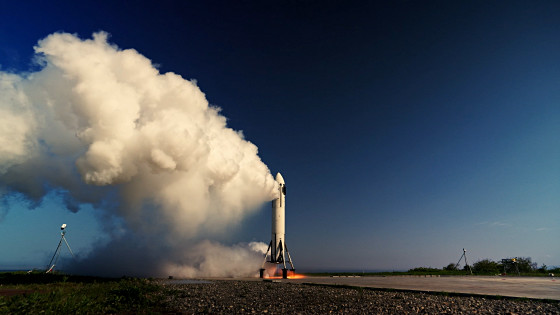
take off.
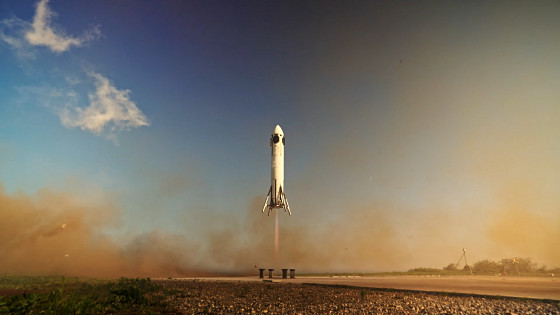
We continue to gain altitude.
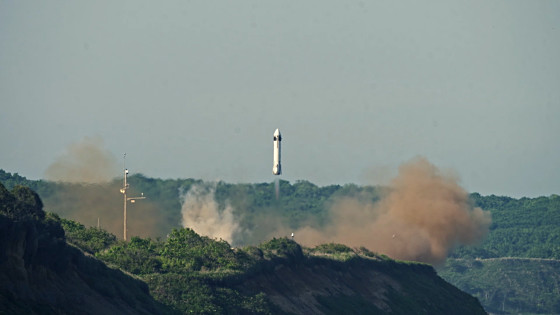
In this experiment, an altitude of 271.4m was reached.

The altitude will decrease while maintaining a vertical attitude.
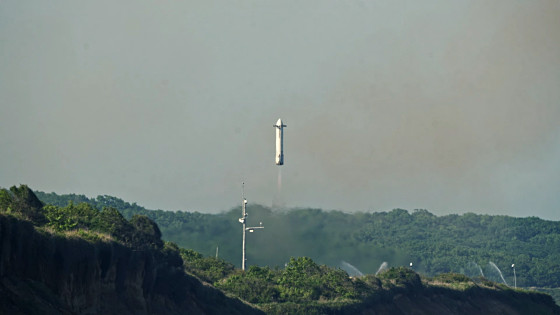
Deploy the landing legs.
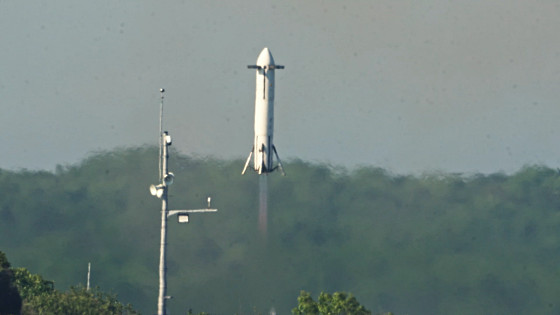
We returned to the departure and arrival area.
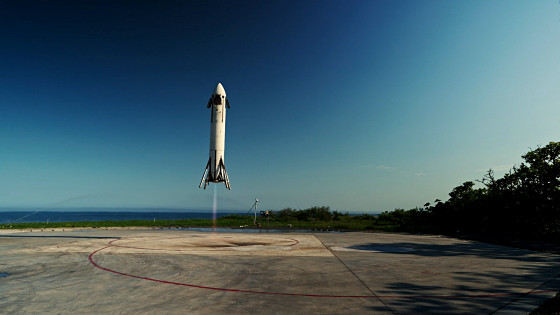
Reduce your speed and get closer to the ground.
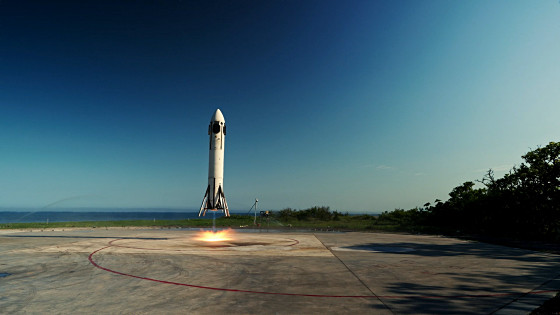
ground.
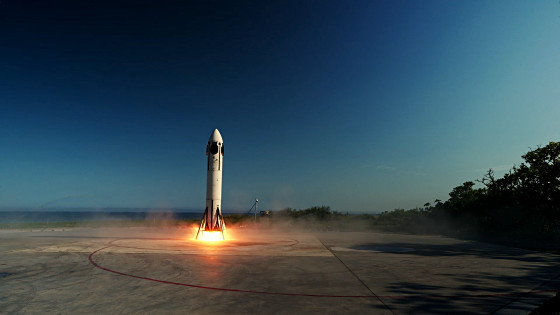
White smoke rose as soon as the aircraft touched down.
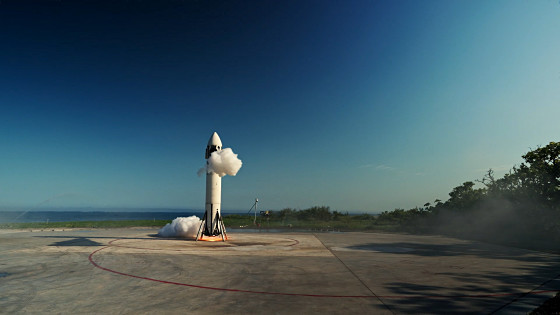
The surrounding area is enveloped in smoke.
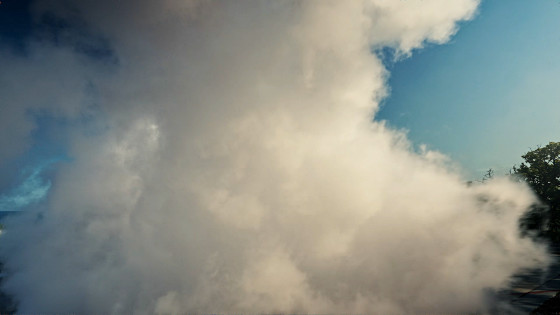
A few seconds later, the smoke cleared to reveal the rocket still in its upright position. The landing was a success. The flight lasted 56.6 seconds, and data was also collected during the ascent and descent.
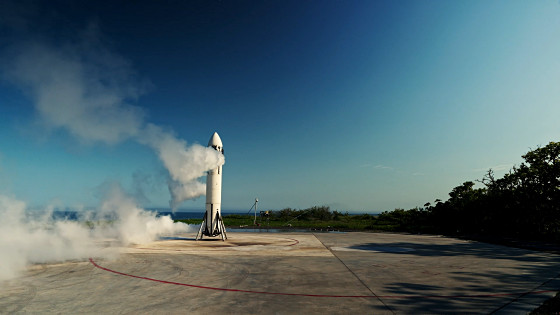
Honda plans to continue developing reusable rockets, with the goal of achieving suborbital capability by 2029.
In addition, SpaceX, led by Elon Musk , succeeded in landing a reusable rocket from an altitude of 40m in December 2012, and the 'Falcon 9' developed after that overcame an explosion during the experiment and successfully landed on an ocean drone ship in 2016. Falcon 9 is already being commercially deployed and is used to launch artificial satellites including Starlink's Internet satellites.
SpaceX 'Falcon 9' rocket finally succeeds in vertical return to drone ship, a summary of the movie that captured the situation - GIGAZINE

By SpaceX Photos
Blue Origin, founded by Amazon founder Jeff Bezos, also successfully conducted a landing experiment of a reusable rocket in 2015.
Amazon's Bezos' space company succeeds in 'landing' a launched rocket vertically - GIGAZINE
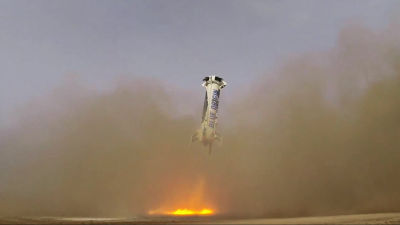
Related Posts:



